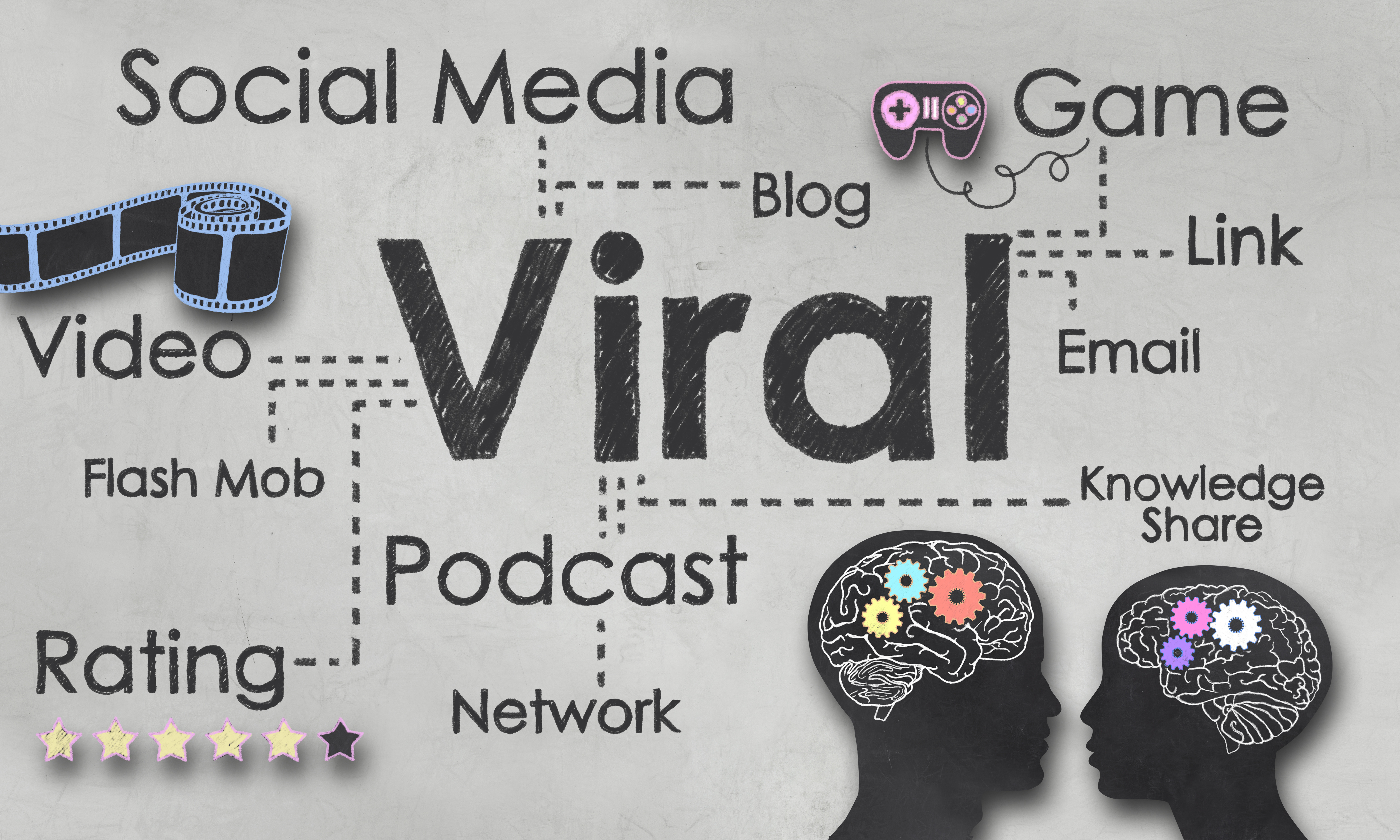How to Create Viral Content: What Makes Content Shareable and Why It Matters
In the digital age, the term "viral content" is often used to describe videos, articles, memes, and other pieces of media that spread like wildfire across social media platforms. While some may attribute viral success to sheer luck, there are key elements that make content more likely to be shared, loved, and talked about. So, how do you create viral content, and why does it matter? Let’s dive into what makes content shareable and the impact it can have on your brand or message.

Understanding Viral Content: What Does "Going Viral" Mean?
The Power of Sharing
When content goes viral, it means it has gained widespread attention and engagement in a short period of time. This usually happens when people share the content with their own networks, multiplying its reach exponentially. Viral content can take many forms—videos, articles, images, or even tweets. The essence of viral content is its ability to resonate deeply with people, prompting them to share it with their followers or friends.
The magic behind viral content is not just the number of views or likes, but the way it spreads organically. Once something goes viral, it gains momentum, and more people are likely to discover it, contributing to the growing wave of exposure. The viral effect can elevate a brand, a message, or an individual to widespread fame.
Key Factors that Make Content Shareable
Emotional Appeal
One of the most significant factors in content’s shareability is its emotional impact. Whether it's humor, joy, sadness, or anger, content that triggers an emotional response is more likely to be shared. People want to share content that resonates with their emotions or views because it allows them to express themselves to their audience.
-
Humor: Funny, lighthearted content often goes viral because it’s easy to consume and share.
-
Inspiration: Motivational stories or positive messages inspire people to share with others to spread the good vibes.
-
Empathy: Content that evokes compassion, understanding, or emotional connection can prompt users to share, showing their support or solidarity.
Relatable and Authentic
Content that feels real and speaks to everyday experiences tends to have a higher chance of going viral. When viewers see themselves reflected in the content, they’re more inclined to share it. Authenticity is key in today’s digital landscape, and audiences respond better to content that feels genuine and not overly polished or commercial.
Relatable content can be about anything from small everyday struggles to personal victories, as long as it mirrors the viewer’s experiences or feelings. Whether it's a funny meme or a heartwarming story, relatability encourages people to spread the message within their circles.
Clear and Concise Message
In the fast-paced world of social media, people have limited time to consume content. The more concise and to the point the content is, the better. Whether it's a video, article, or infographic, people want to understand the core message quickly. Clear and digestible content allows users to share it without needing to explain it, making it easier for others to engage.
If a piece of content is too long, too complex, or unclear, it risks being ignored or forgotten. Great viral content gets to the heart of the matter within seconds, whether it’s through an image, headline, or opening sentence.
Appeal to a Specific Audience or Niche
While viral content often reaches a wide audience, content that appeals to a specific niche or interest group has a better chance of gaining traction among that particular community. People love to share things that speak to their unique interests, passions, or sense of identity.
This is why niche communities like book lovers, gamers, or fitness enthusiasts often produce viral content. When content is hyper-relevant to a group, it creates a sense of belonging, and the audience is more motivated to share it with others who share similar values or interests.
Visuals That Grab Attention
The visuals in content play a critical role in its virality. Eye-catching images, graphics, or videos with high-quality production values are more likely to stop someone mid-scroll and make them pay attention. Visual content has the ability to tell a story in an instant, often evoking the same emotions and messages without needing words.
In a world where we scroll through endless streams of content, making visuals stand out is essential. Whether it's bold graphics, vibrant colors, or stunning video editing, the power of a compelling visual cannot be overstated.

Why Creating Viral Content Matters
Increased Brand Awareness
The biggest benefit of creating viral content is the ability to gain massive exposure. If your content catches fire and goes viral, your brand or message can reach a huge audience in a short time. For businesses, this kind of exposure can lead to a surge in website traffic, social media engagement, and even sales.
Whether you're a business, influencer, or content creator, viral content provides a tremendous opportunity to showcase your message, products, or personality to a broad audience. It acts as free marketing, amplifying your reach without the need for paid ads or promotions.
Building Trust and Loyalty
While it may seem like viral content is mostly about numbers, its impact can also extend to deepening connections with your audience. When people share content, they are essentially endorsing it. This helps build trust among their followers, showing that your content resonates with them. Trust is one of the key factors that contribute to long-term brand loyalty and growth.
By creating content that connects on a personal level, you build a relationship with your audience, which could lead to increased engagement, sales, and advocacy down the line.
Boosting Engagement and Interaction
Viral content sparks conversations and encourages people to interact with your brand or message. When your content resonates with an audience, they will comment, share their thoughts, and engage with you in ways that go beyond simply clicking "like." This interaction helps to build a community around your content, fostering a loyal and engaged audience.
Conclusion: The Power of Viral Content
Creating viral content is not an exact science, and not every piece of content will go viral. However, understanding the key factors that make content shareable—emotional appeal, relatability, clear messaging, targeted visuals, and niche appeal—can increase the likelihood of success. Beyond just spreading a message, viral content can build brand recognition, strengthen relationships with your audience, and drive meaningful engagement.
In a world saturated with content, having something shareable can propel your message into the spotlight. By focusing on what makes content resonate deeply with people, you can create something that truly stands out and leaves a lasting impact.












